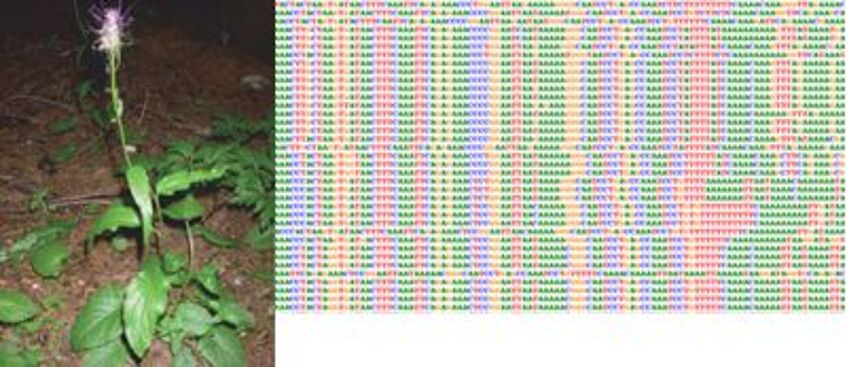SS 2023: Drivers of plant and fungal diversity: from genomes to biomes
Turning around? Exploring patterns of androecial arrangement in buzz-pollinated Blakea flowers (Melastomataceae)
The relative position of a flower’s fertile organs (i.e., stamens, styles) is critical for mediating pollen transfer with different pollen vectors, such as bees. In buzz-pollinated flowers, which require specialized vibrations produced by bees to release pollen, the precise fit between the reproductive organs and pollinating bees may be of particular importance for successful pollen transfer. In the genus Blakea (Melastomataceae), changes in floral symmetry have evolved repeatedly. Specifically, these involve changes in the relative arrangement of the stamens (androecium), which can be strongly monosymmetric (zygomorphic) anywhere to polysymmetric (actinomorphic). Through pollination biological studies in other Melastomataceae clades, we know that stamen traits, including zygomorphy, are critical for pollen transfer and likely under strong pollinator-mediated selection. The prominent changes in androecial symmetry of Blakea may thus represent versatile adaptations to locally varying bee pollinator communities. In this project, you will explore this hypothesis by using Blakea flowers collected in 70% ethanol during previous fieldtrips to Latin America. We will use Computed Tomography to generate 3D models of these flowers and then use geometric morphometrics to analyze aspects of flower shape evolution and androecial symmetry across flowers of different species. Depending on your interest, we can link these flower shape data to species distribution modelling, i.e., to explore correlations between flower shape and environment, such as varying bee pollinator communities.
Supervisors: Agnes Dellinger
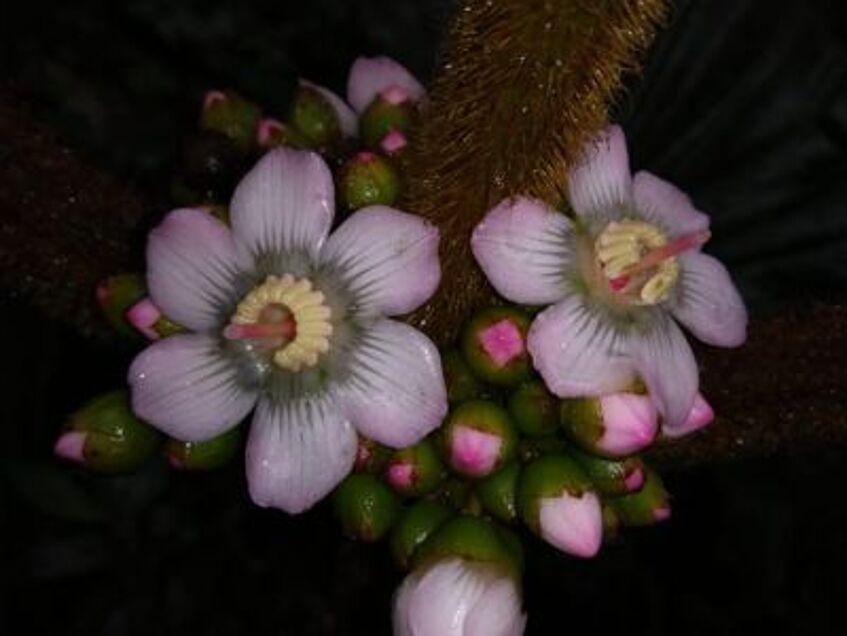
Evolution of repetitive DNA profiles after polyploidization in the genus Prospero
The Prospero autumnale complex (Asparagaceae subfam. Scilloideae) is well-known for its chromosomal diversity that is not accompanied by morphological diversification. Several diploid cytotypes differing in base chromosome numbers (x = 5, 6 and 7) and genome sizes are known to hybridize, forming homoploid diploid hybrids and allopolyploids. The current project aims at a comparative analysis of the changes in the repeatome accompanying polyploidization involving two diploid cytotypes, B6B6 and B7B7, using dedicated bioinformatic analyses via RepeatExplorer. The data will be interpreted in a phylogenetic context and will provide novel insights into changes on the genomic level that accompany polyploid genome restructuring.
Supervisor: Hanna Schneeweiss
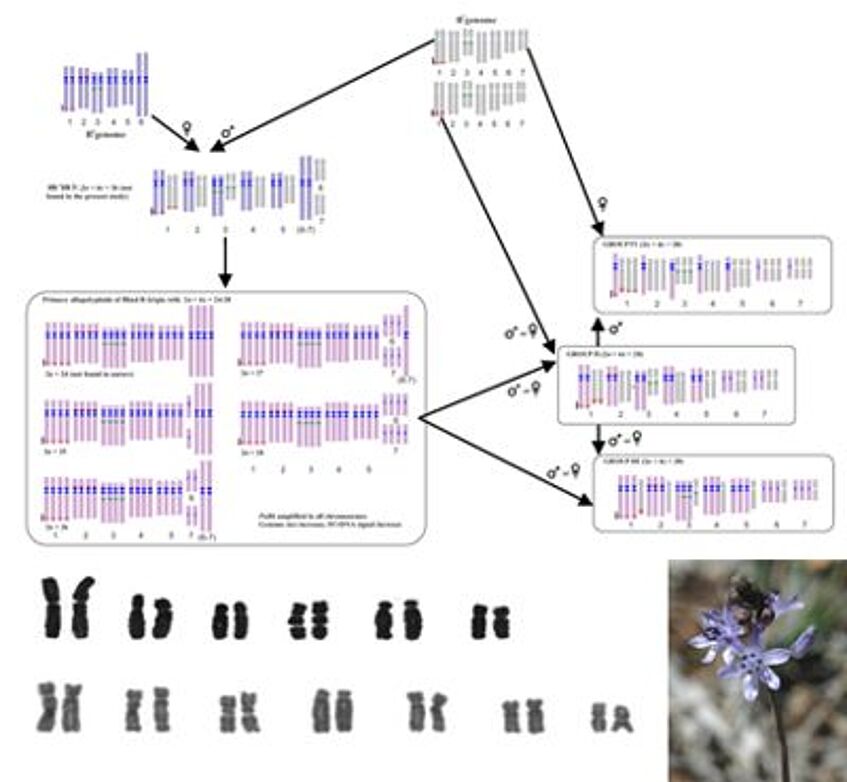
Inorganic carbon uptake of selected desmids
Pulse-Amplitude Modulation (PAM) is a technique permitting chlorophyll fluorescence to be measured quickly and reliably in a non-invasive manner. This project will focus on inorganic carbon uptake of desmids inhabiting unique habitats with limited HCO3-availability.
Supervisor: Michael Schagerl
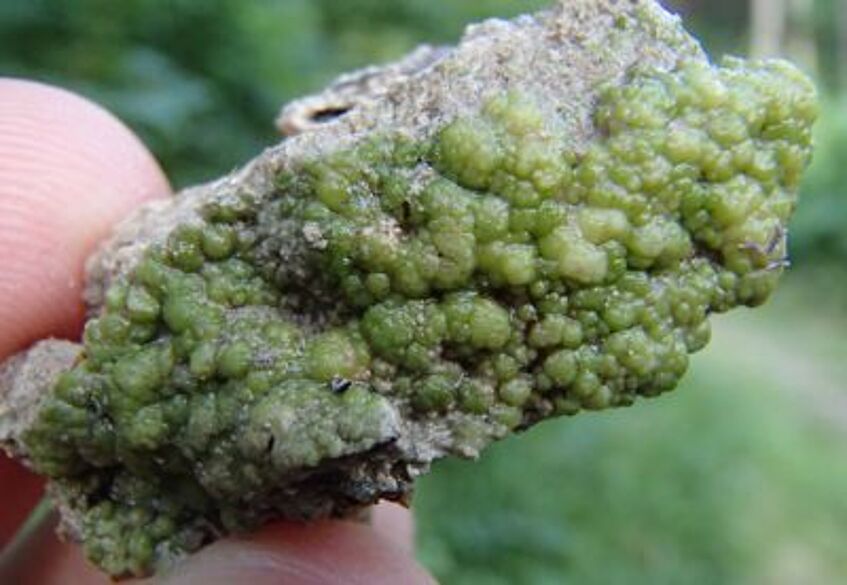
Transcriptomic drivers of plant adaptation to the desert
Whole genome duplication (i.e., polyploidy) has profoundly shaped plant genome evolution. Over time, polyploids undergo adjustments of their genome and function, thereby altering their ecological properties. Some members of the allopolyploid Nicotiana section Suaveolentes occupy highly exposed sites in the deserts of the dry Australian interior, whereas their sister species remain confined to coastal or shaded, protected habitats. This project will use RNAseq data from leaves and roots from a drought experiment to investigate the genes and pathways involved in extreme plant adaptation to the desert, focusing on species pairs with contrasting resistance to drought. Apart from bioinformatic analyses, the project may also involve complementary investigations of photosynthesis, depending on the interest of the student.
Supervisors: Ovidiu Paun
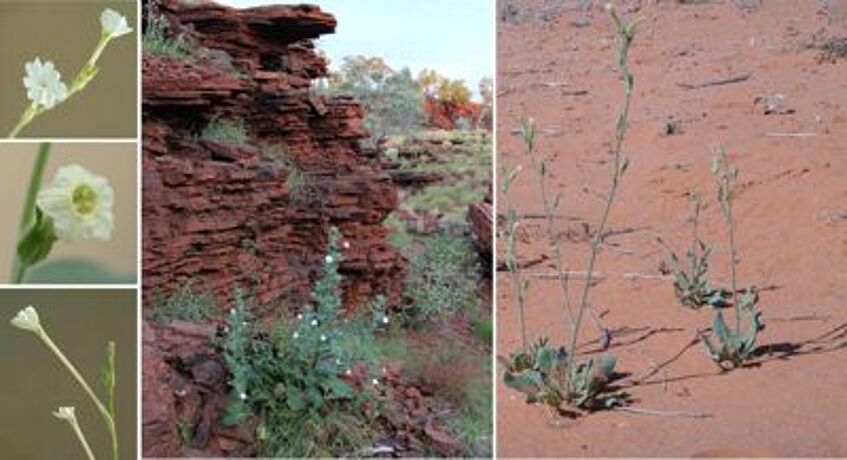
Environmental stress at the cellular level
This research project is focussed on osmotic stress of plant cells. In order to visualize the shape of cells with and without turgor, different specific dyes will be tested. The anatomy of leaves in seed plants (cross sections) or in mosses will be studied using microscopy, cell biological methods or microtome sections.
Supervisor: Ingeborg Lang
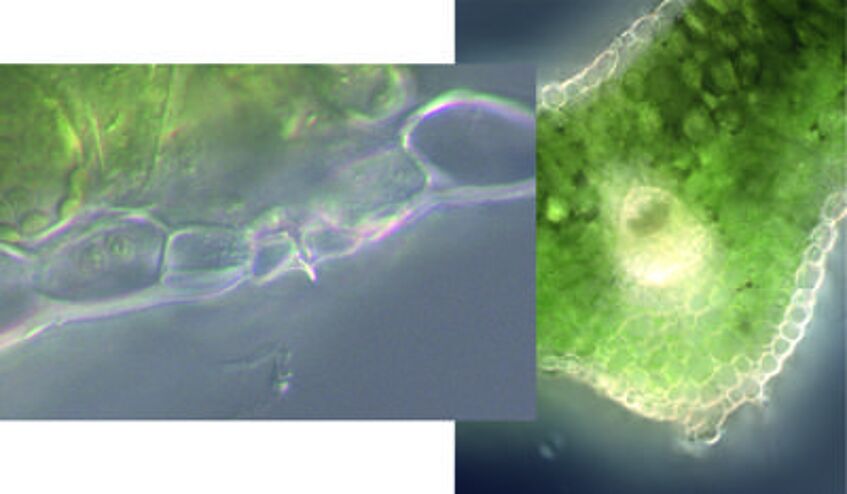
Conspicuous farinose leaf surface excretions in Primula auricula – exploring patterns of chemical diversification in an ecological context
A characteristic feature of many Primula species is an either mealy excretion, referred to as farina, or an oily excretion, both being products of glandular trichomes. Particularly the mealy excretion attracted interest, as outside Primula, this feature is known from some ferns only. We find very specific flavonoid derivatives in these exudates, which are structurally unique to Primula. It is suggested that these specific compounds assist in freezing tolerance and that there is a dependence on habitat and climate as far as farina production and diversity of these specific exudate flavonoids is concerned. This study is embedded in our ongoing research of Primula auricula populations from different locations in Eastern Austria. Methods involved are collecting plant material in the field and subsequent quantitative/qualitative phytochemical workup on the flavonoid composition in our lab by using standard chromatographic and statistical methods. In addition to habitat characteristics leaf morphological features, particularly glandular trichome numbers and their density will be assessed for better interpretation of flavonoid chemical diversity associated with these glands.
Supervisors: Johann Schinnerl & Karin Vetschera
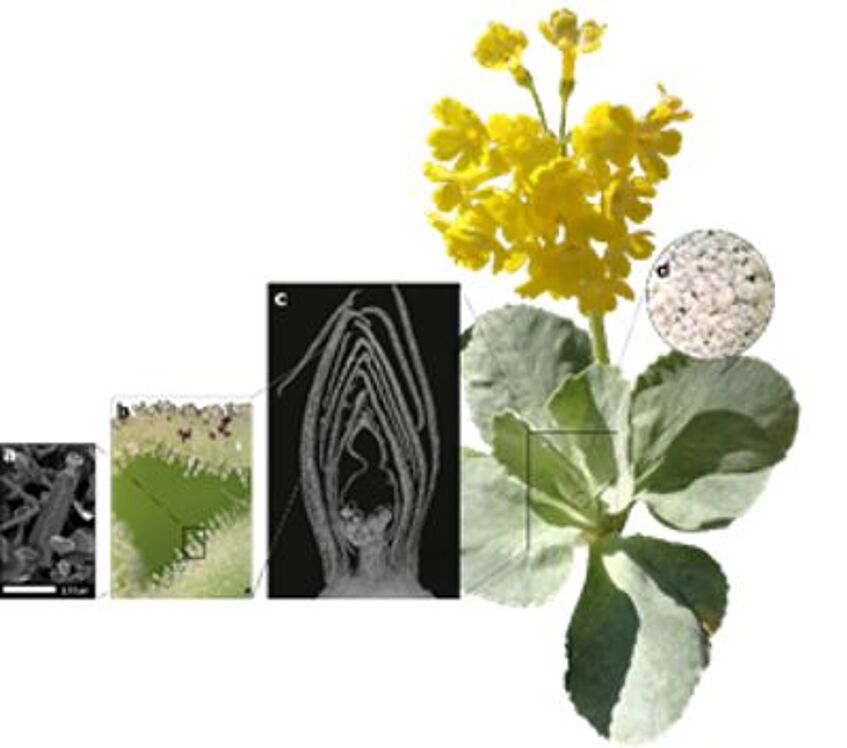
Genomic drivers of New Caledonian adaptive radiation of Diospyros
This project is embedded within a large project that investigates a plant radiation on New Caledonia, a biodiversity hotspot. The complex geological history of the archipelago resulted in a wide variety of substrates, including heavy-metal reach soils, which together with sharp climatic and altitudinal gradients defines a wide range of ecological niches. A long distance dispersal event brought a lineage of Diospyros (persimmons or khaki) to New Caledonia roughly 1 million generations ago, where it radiated into more than 30 species. Comprehensive analyses are ongoing around this adaptive radiation, including genomic, transcriptomic, ecological and morphometric investigations. The herein proposed project may include for example genomic inferences of historical changes in population size, investigations of gene flow, of genome dynamics, of gene expression, ecological analyses or a combination of these, depending on the interest of the student.
Supervisor: Ovidiu Paun

Movement of the cyanobacterium Limnospira
The planktonic filamentous cyanobacterium Limnospira fusiformis is a species of alkaline environments. The species, which is a main food source for Lesser Flamingos, possesses a usually spirally twisted cell that is able to rotate. Using algal cultivation experiments, the project aims to identify the trigger(s) for this movement.
Supervisor: Michael Schagerl
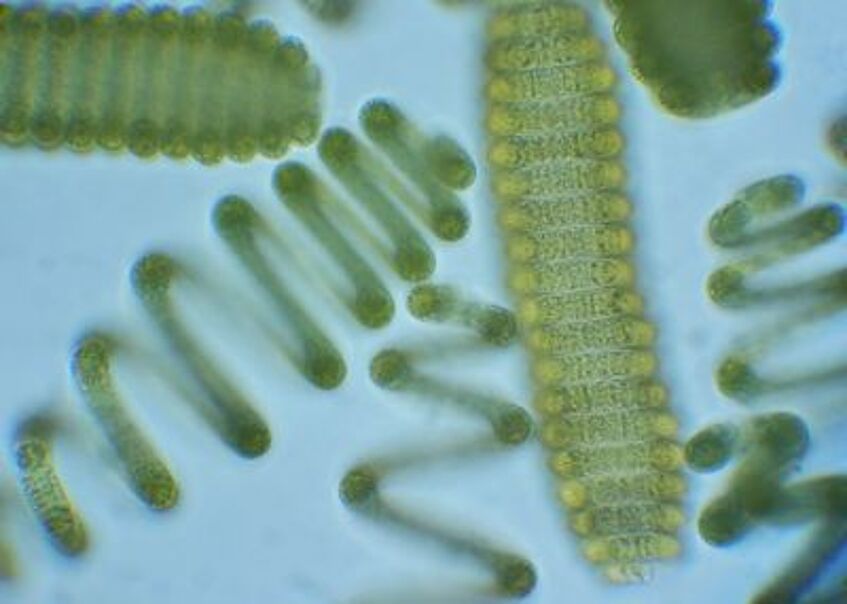
How does community context affect the pollination success of Rhexia mariana (Melastomataceae)?
Co-flowering plant species with similar floral phenotypes may rely on similar pollinators and hence compete for pollinators. Measuring how much pollen pollinators remove from stamens and deposit on stigmas represents a strong test to assess whether certain species in a community suffer from pollen limitation through competition for pollinators. In the south-eastern US, commonly multiple species of Rhexia (Melastomataceae) with similar floral phenotypes co-flower in the same habitat. Through fieldwork in summer 2022, we have shown that all Rhexia species share the same bee pollinators, which extract pollen from the flowers through a specialized strategy called buzz-pollination, where they apply vibrations to stamens to effect pollen release. We do not know yet, however, how effective these pollinators are in extracting and depositing pollen, and whether sufficient pollen is deposited on flowers by the end of anthesis. In the course of this project we will assess patterns of pollen removal and deposition from stamens and styles of R. mariana collected from sites without co-flowering Rhexia species, and from sites where it co-flowers with up to seven other Rhexia species. These data will be essential towards understanding whether and how co-flowering affects reproductive success in buzz-pollinated plants.
Supervisor: Agnes Dellinger
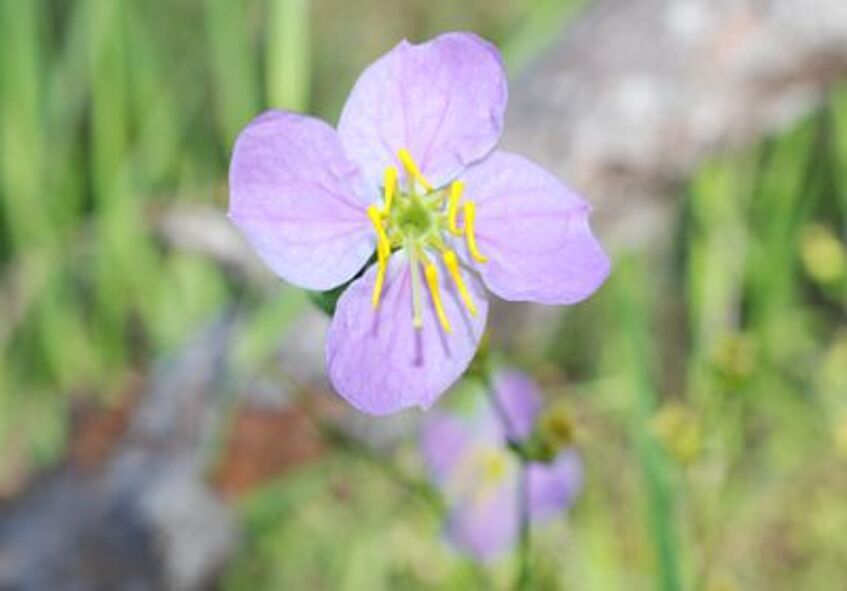
Assessing ancient range shifts from molecular data: historical biogeography of Phyteuma (Campanulaceae)
Plants responded to Pleistocene climate oscillations by range shifts, which may result in lineage diversification and speciation. In the absence of fossil evidence (lacking for the vast majority of herbaceous species), past range shifts have to be inferred from genetic data. During a previous student's project, it has been found that within Phyteuma spicatum (Campanulaceae), a species widespread in temperate Europe, a few populations from the central Alps and northern Apennines possess chloroplast haplotypes very different from those found in the other populations. These haplotypes could be remnants of a more widespread ancestor of the P. spicatum group suggested by the sister relationship of the geographically disjoint taxa P. pyrenaicum, restricted to the Iberian Peninsula, and P. vagneri, endemic to the Carpathians. To test this hypothesis, the existing data set of plastid sequences from P. spicatum will be extended by data from closely related species (P. gallicum, P. nigrum, P. pyranaicum, P. vagneri) obtained via Sanger DNA sequencing.
Supervisors: Michael Barfuss & Gerald M. Schneeweiss
